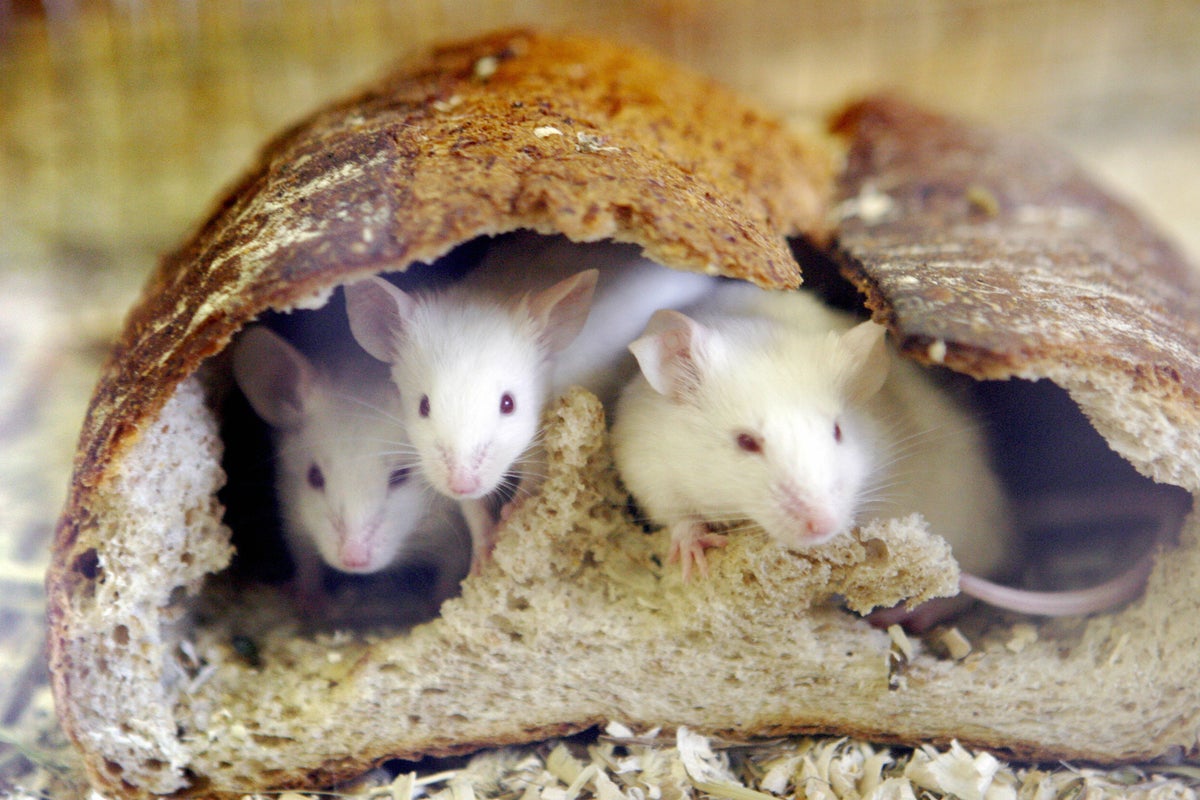Scientists Rejuvenate Tissues In Middle-Aged Mice To Turn Back The Clock On Aging

In a new scientific experiment, cellular rejuvenation therapy safely reversed signs of aging in mice. “We are overjoyed that we can use this approach to slow down aging in normal animals throughout their lives. In mice, the technique is both safe and effective “Juan Carlos Izpisua Belmonte, co-corresponding author, and professor at Salk’s Gene Expression Laboratory agrees.
“This approach may provide the biomedical community with a new tool to restore tissue and organismal health by improving cell function and resilience in different disease situations, such as neurodegenerative diseases, in addition to tackling age-related diseases.”
It will be difficult to replicate the trick in humans, but the findings will fuel interest in radical new therapies that aim to slow or reverse the aging process as a means of combating age-related diseases such as cancer, brittle bones, and Alzheimer’s.
“This approach may benefit a variety of age-related diseases,” said Heinrich Jasper, a principal fellow, and director at the US biotech firm Genentech.
Not only do organisms’ outward appearances and health change as they age; every cell in their bodies contains a molecular clock that records the passage of time. Cells isolated from older people or animals have different chemical patterns along with their DNA, known as epigenetic markers, than cells isolated from younger people or animals.
Scientists claim that introducing a cocktail of four reprogramming molecules into cells, including Oct4, Sox2, Klf4, and cMyc, also known as “Yamanaka factors,” can restore these epigenetic marks to their original patterns. This method allows researchers to convert adult cells into stem cells at a later stage of development.
The rejuvenating effects were associated with an epigenetic clock reversion as well as metabolic and transcriptomic changes, including decreased expression of genes involved in the inflammation, senescence, and stress response pathways.

The findings suggest that partial reprogramming protocols can be designed to be both safe and effective in preventing age-related physiological changes, according to the researchers.
“What we really wanted to establish was that using this approach over a longer period of time is safe,” says Pradeep Reddy, a Salk staff scientist and co-first author of the new paper.
“In fact, we saw no negative effects on these animals’ health, behavior, or bodyweight.”
“At the end of the day,” says Reddy, “we want to restore resilience and function to older cells so that they are more resistant to stress, injury, and disease.”
“This study shows that there is, at least in mice, a path forward toward achieving that.”
In 2016, Izpisua Belmonte’s lab reported for the first time that the Yamanaka factors could be used to counteract the signs of aging and increase life span in mice with a premature aging disease.
Yamanaka factors are being used with caution in humans because previous research has shown that fully reprogrammed cells can form clumps of cancerous tissue known as teratomas.








